In coincidenza con la fine del grande caldo che ha caratterizzato questa parentesi estiva e con il rientro dalle vacanze, è scoppiata una vera e propria Expo mania. Code mai viste, attese infinite per l’entrata ai padiglioni, affluenza incredibile soprattutto durante il weekend. E, a poco meno di un mese dalla fine di questa esposizione universale, decidiamo di dare qualche consiglio a chi ancora debba andarci o a chi, magari, ci voglia ritornare. Come orientarsi tra le varie pietanze offerte dai chioschi di street-food e dai punti di ristorazione dei vari padiglioni? Cosa merita davvero un assaggio, anche per il prezzo accessibile, durante la visita ad Expo? Table Babel stila la sua top-ten, tutta da gustare.
Coinciding with the end of the great heat that characterized this summer and with the return from vacation, it broke out a real Expo mania. Never seen queues, infinite waiting for entry to the Pavilions, amazing turnouts, especially during the weekends. And, near the end of this Expo ,we decide to give some advice to people who still have to go or, maybe, wants to return. How to navigate the various dishes offered by street-food points of various pavilions ? What really deserves a taste, even for the affordable price? Table Babel offers its tasty top ten.
1) CARTOCCIO DI PATATINE FRITTE – Padiglione Belgio
Cosa c’è di meglio che ingannare l’attesa per una lunga fila davanti all’ingresso di un padiglione tra i tanti, addentando delle fumanti e ottime patatine fritte? Quelle offerte dal Padiglione belga si presentano già alla vista decisamente diverse dalle altre. Il loro segreto? Una doppia frittura – vengono infatti cotte, fatte raffreddare, e poi fritte di nuovo – e il loro taglio, più grosso e spesso. Il risultato, abbinato ad una vasta scelta di salse, è da lode. Non a caso, c’è sempre molta fila per accaparrarsene un cartoccio, ma per fortuna il rapido personale non lascia nessuno insoddisfatto.
1) FOIL OF FRIED CHIPS – Belgium Pavilion
What better way to kill time for a long line at the entrance of a Pavilion, eating smoking and excellent fried chips? Those offered by the Belgian Pavilion are very different from the others. Their secret? A double frying – are in fact cooked and then fried again – and their cut, which is bigger and thick. The result, combined with a choice of sauces, is excellent. Not surprisingly, there is always plenty row to bring these chips, but fortunately the rapid staff leaves no one unsatisfied.
2) NOODLES DI POLLO – Padiglione Malaysia
Ad un prezzo sicuramente abbordabile, riuscirete a colmare i languori di mezza giornata presso il Padiglione della Malaysia. Con circa 10 euro, un piatto di caldi e succulenti noodles di pollo speziati sarà vostro e vi farà viaggiare col palato. Meglio gustarli dopo aver visitato la rainforest del grazioso padiglione malese, in modo da sentirsi ancora più a casa, lontani da casa.
2) CHICKEN NOODLES – Malaysia Pavilion
With an affordable price, you will be able to bridge the languor of a half-day at the Pavilion of Malaysia. With about 10 euros, a dish of hot noodles and succulent spicy chicken will make you travel with your palate. Better enjoy them after visiting the Malaysian rainforest of the pretty pavilion, so you feel even more at home, away from home.
3) POLLO AL CURRY – Padiglione Indonesia
Sconsigliato solo a chi non ami i sapori forti, questo piatto infonde la carica giusta per proseguire la visita di Expo dopo una sosta. Abbinato ad un pugno di riso basmati, che compensa il sapore addolcendolo, è davvero un ottimo assaggio di cucina tipica del Sud-est asiatico.
3) CHICKEN CURRY – Indonesia Pavilion
Recommended only to those who do not love the strong flavors, this dish gives us the right to continue the visit of Expo after a stop. Combined with basmati rice, it is a really good taste of cuisine from the South-East Asia.
4) FISH AND CHIPS – Padiglione Gran Bretagna
Non proprio economico (8 euro a cartoccio), il tradizionalissimo fish & chips conquista grandi e piccoli, in una frittura davvero delicata e croccante. Ottimo come aperitivo serale prima della cena.
4) FISH AND CHIPS – Great Britain Pavilion
Not cheap (8 euro), the very traditional fish & chips wins adults and children, in a very delicate and crispy frying. Excellent as an aperitif before the dinner.
5) GELATO ALLA VODKA – Padiglione Belarius
Tutti in coda per assaggiare una stravagante prelibatezza, per rinfrescarsi a causa del caldo o come digestivo dopo una cena. Sicuramente uno degli assaggi più inediti dell’intera offerta di Expo. Particolare.
5 ) ICE VODKA – Pavilion Belarius
All queued to taste an extravagant delicacy, to cool off from the heat or as a digestive after dinner. Surely one of the most unusual tastes of Expo. Particular.
6) SPIEDINI DI MANZO – Padiglione Argentina
Con ottimo rapporto qualità-prezzo, gli spiedini di carne argentina sono una buona scelta per un pranzo informale e rapido. Abbinateci un buon calice di vino rosso e il gioco è fatto.
6) BEEF SKEWERS – Pavilion Argentina
With excellent price, the skewers of meat from Argentina are a good choice for casual and fast dining. With a good glass of red wine, the game is over.
7) NIPPONICO FAST-FOOD – Padiglione Giappone
Volete fare un assaggio di cucina giapponese senza svuotare il portafoglio? Recatevi al minimal fast-food dell’omonimo padiglione e ordinate qualche portata come curry giapponese, un po’ di tempura o qualche pezzo di classico sushi. Ne rimarrete soddisfatti.
7) JAPANESE FAST – FOOD – Japan Pavilion
Do you want to get a taste of Japanese cuisine without emptying your wallet? Go to the minimal fast-food of the Japanese pavilion and order some dishes like Japanese curry, a bit of tempura or some piece of classic sushi. You’ll be glad.
8) DONER KEBAB – Padiglione Turchia
Visitare Expo richiede molta energia e, al calare dell’attenzione, potreste concedervi una deliziosa pausa presso il padiglione turco, il cui ambiente ricrea piuttosto bene quello di un tipico bar di Istanbul. Potrete gustare un ottimo Doner Kebab (piadina con carne, verdure, salse, aromi) al modico costo di 5 euro, rimanendone molto soddisfatti.
8) DONER KEBAB – Turkey Pavilion
Visiting Expo requires a lot of energy and, at the drop of attention, you could treat yourself to a delightful break at the Turkish pavilion, whose environment recreates quite well a typical bar in Istanbul. You can enjoy a great Doner Kebab (flat bread with meat, vegetables, sauces, flavorings) at the modest cost of 5 euro. You’ll be satisfied.
9) PAUSA CAFFE’ – Cluster del Caffè, Kenya
E se l’attenzione calasse? Ecco giunto il momento di una pausa caffè in Kenya. Musica tipica, colori accesi, sorrisi smaglianti del personale autoctono. Non chiedereste di meglio.
9) COFFEE BREAK- Cluster of Coffee, Kenya
And if you are a bit tired? That’s time for a coffee break in Kenya. Typical music, bright colors, big smiles of indigenous staff. There’s no better way.
10) INSETTI – Future Food District
Nemmeno i palati più temerari rimarranno insoddisfatti. Un assaggio del cibo che troveremo tra 100 anni nei supermercati del futuro? Insetti, è ovvio.
10) INSECTS – Future Food District
Even the most daring palates will remain unsatisfied. A taste of the food we will find in 100 years in the supermarkets of the future? Insects, of course. Enjoy your meal.
fortunately the rapid staff leaves no one unsatisfied.
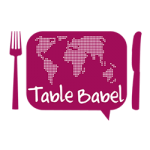
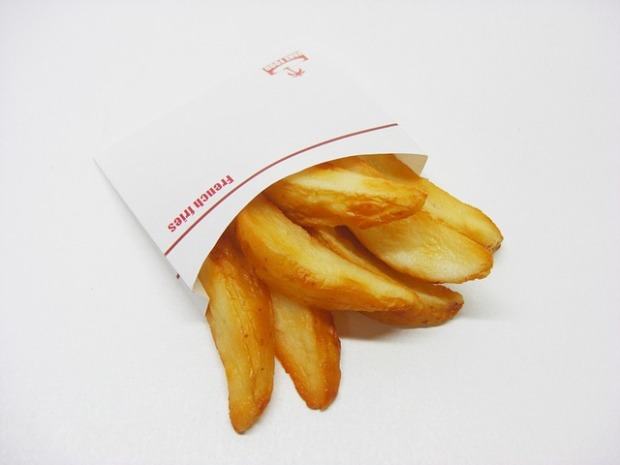
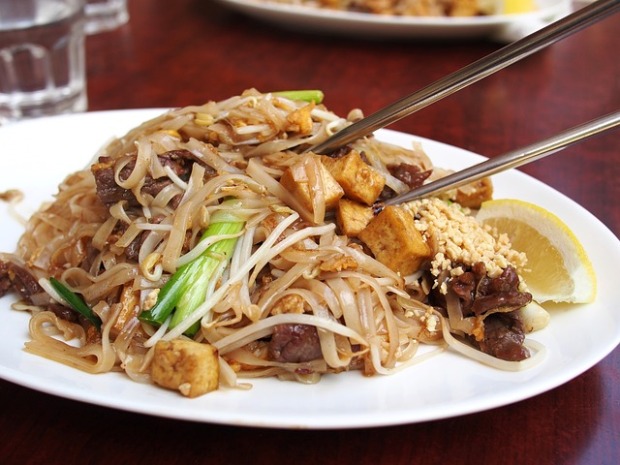
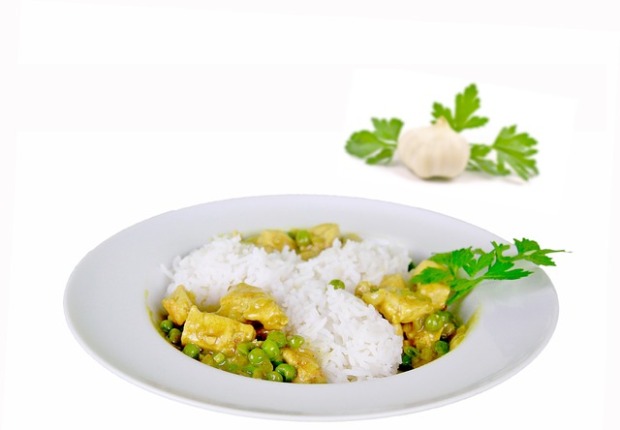
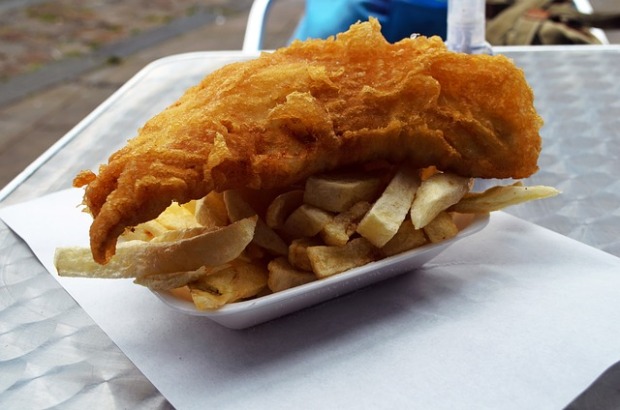

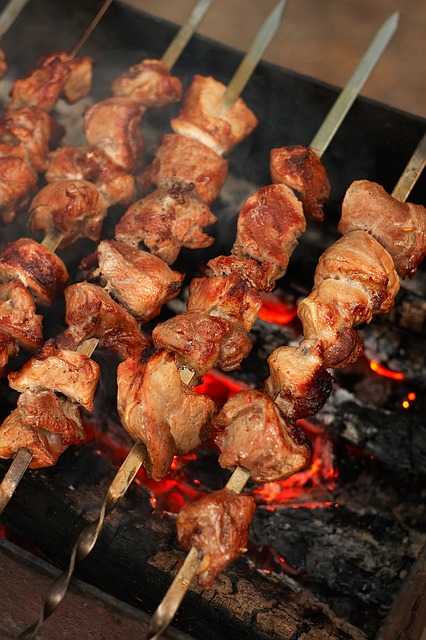
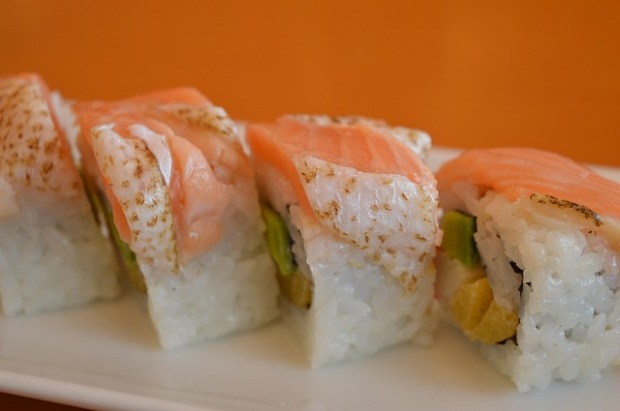
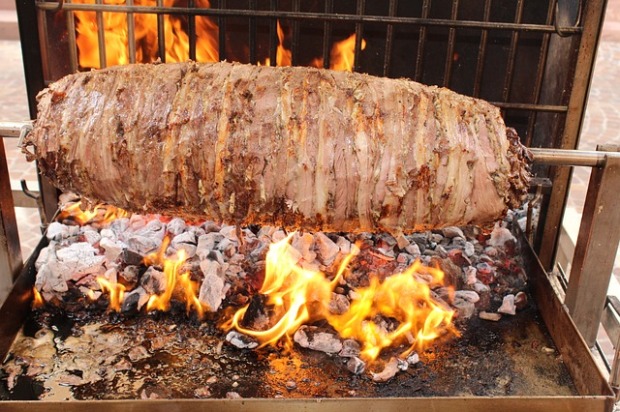
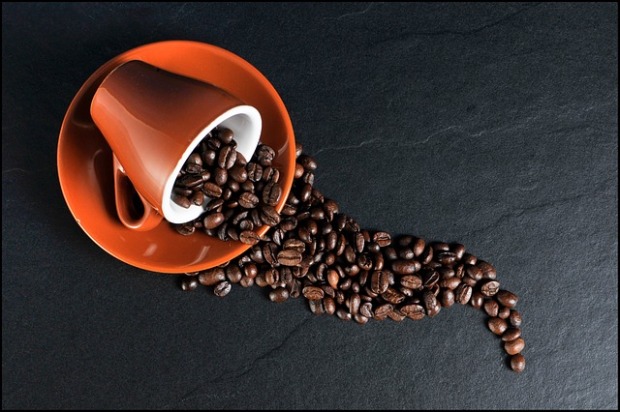
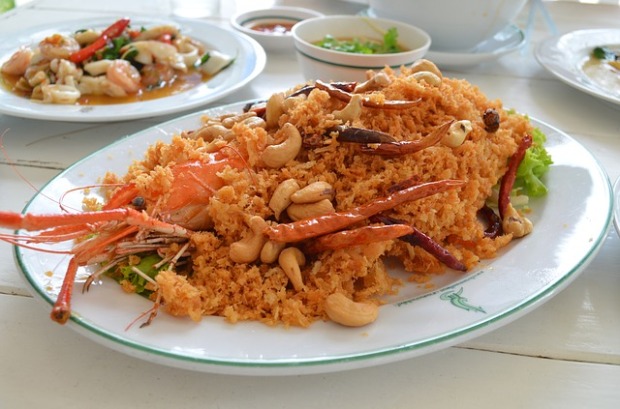
 ave 50,000 words or more, but few people know them all . In fact , for conversations of everyday life are a few hundreds of words.
ave 50,000 words or more, but few people know them all . In fact , for conversations of everyday life are a few hundreds of words.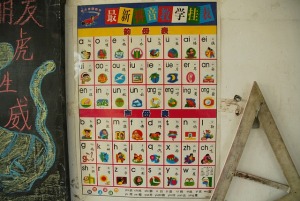 in four ways (or “tones”), and a beginner will invariably have trouble distinguishing one tone from another. The second most spoken language in the world is English. It is the official language of more countries than any other language.
in four ways (or “tones”), and a beginner will invariably have trouble distinguishing one tone from another. The second most spoken language in the world is English. It is the official language of more countries than any other language.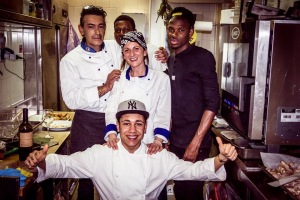
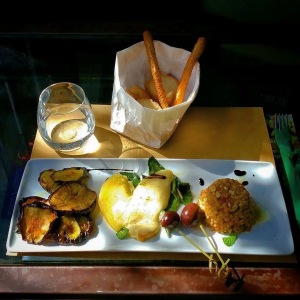

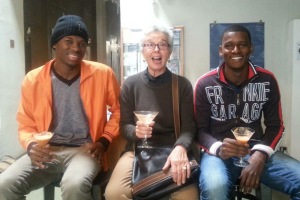
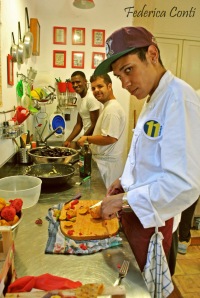
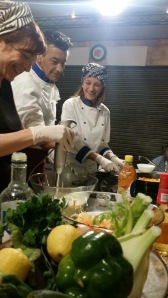
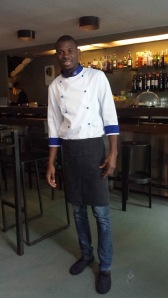
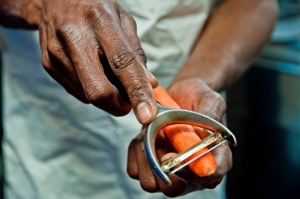
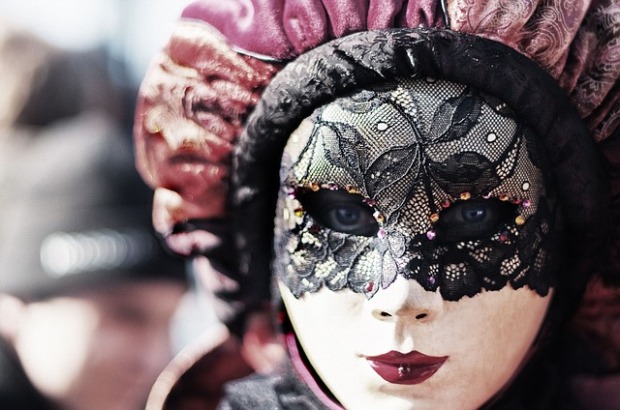
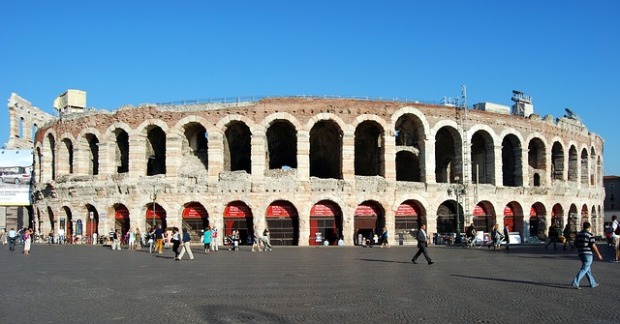
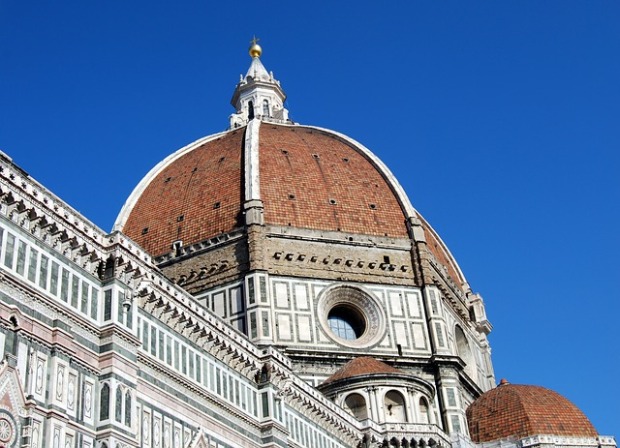
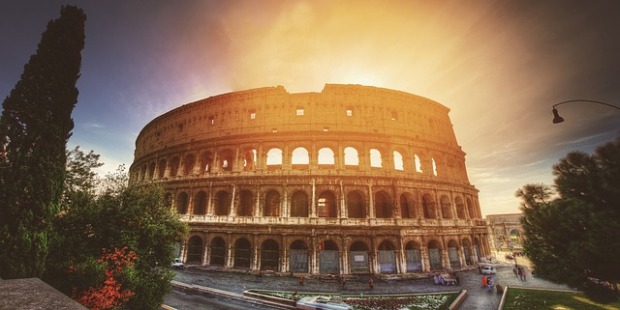
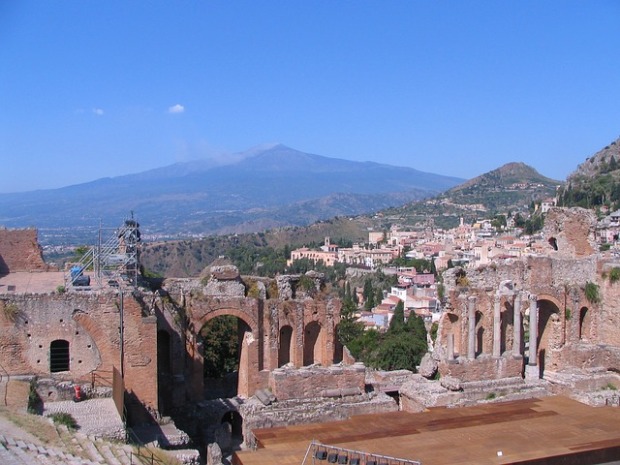
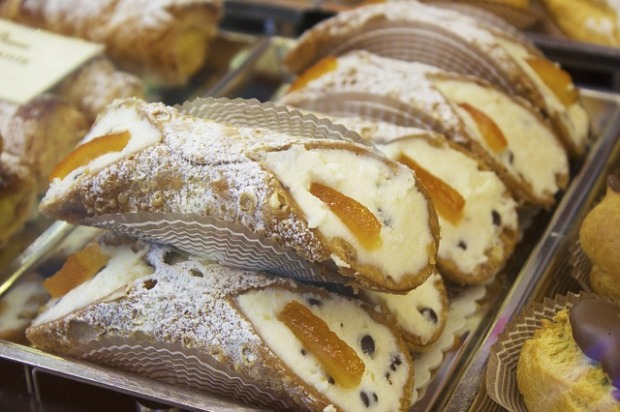
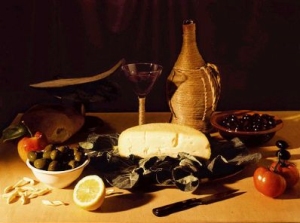
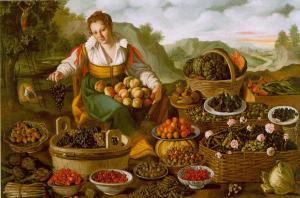
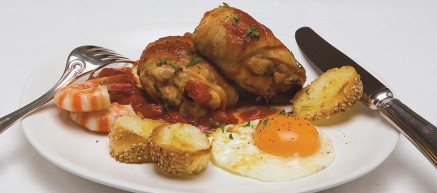 dish was Chicken Marengo, which was actually created especially for him, in the most unusual time and place for creating a dish – on the battlefield of Marengo. Allegedly, Napoleon hadn’t touched food all day waiting for the battle to end, and his cook sent his help to gather food from the houses nearby. The cook’s help came back with only a small chicken, some shrimps from the river, eggs, garlic and tomatoes. A genius in his own making, the cook prepared the chicken in garlic, added the tomatoes and embellishes the plate with fried eggs and boiled shrimp, while adding some cognac to it. According to this legend, Napoleon enjoyed the dish so much he had it served to him after every battle
dish was Chicken Marengo, which was actually created especially for him, in the most unusual time and place for creating a dish – on the battlefield of Marengo. Allegedly, Napoleon hadn’t touched food all day waiting for the battle to end, and his cook sent his help to gather food from the houses nearby. The cook’s help came back with only a small chicken, some shrimps from the river, eggs, garlic and tomatoes. A genius in his own making, the cook prepared the chicken in garlic, added the tomatoes and embellishes the plate with fried eggs and boiled shrimp, while adding some cognac to it. According to this legend, Napoleon enjoyed the dish so much he had it served to him after every battle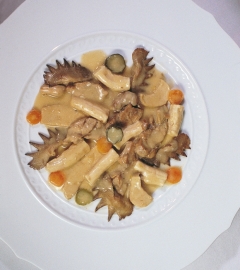 bout Count Camillo Benso di Cavour is said that “spoke French, thought italian, ate piedmontese”. Many dishes are matched to its name, particularly “Finanziera” composed of ridges sweetbreads and chicken and other entrails. It was considered the food of the great financiers, from which it takes its name, and will be extended “to Cavour” because of all Cavour soon became the most important thing and he frequently consumed
bout Count Camillo Benso di Cavour is said that “spoke French, thought italian, ate piedmontese”. Many dishes are matched to its name, particularly “Finanziera” composed of ridges sweetbreads and chicken and other entrails. It was considered the food of the great financiers, from which it takes its name, and will be extended “to Cavour” because of all Cavour soon became the most important thing and he frequently consumed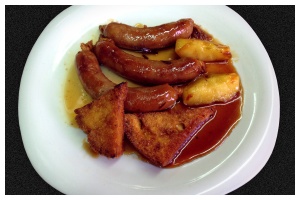 ong the favorite foods from Salvador Dali there were fried eggs and sea urchins (the latter usually eaten on toast); for dessert instead of the famous surrealist painter she loved enjoy botifarra dolça, Catalan sausage from mixing with fresh pork, cinnamon and sugar.
ong the favorite foods from Salvador Dali there were fried eggs and sea urchins (the latter usually eaten on toast); for dessert instead of the famous surrealist painter she loved enjoy botifarra dolça, Catalan sausage from mixing with fresh pork, cinnamon and sugar.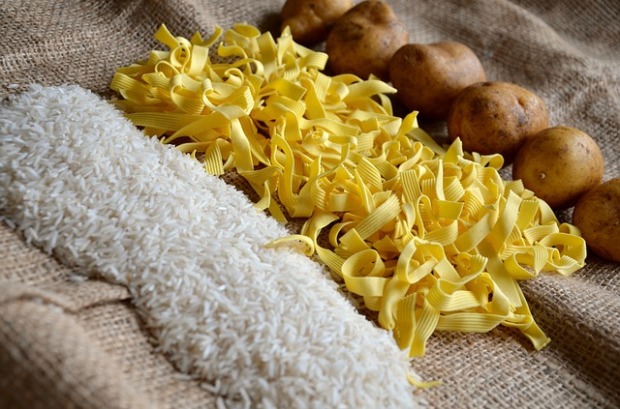

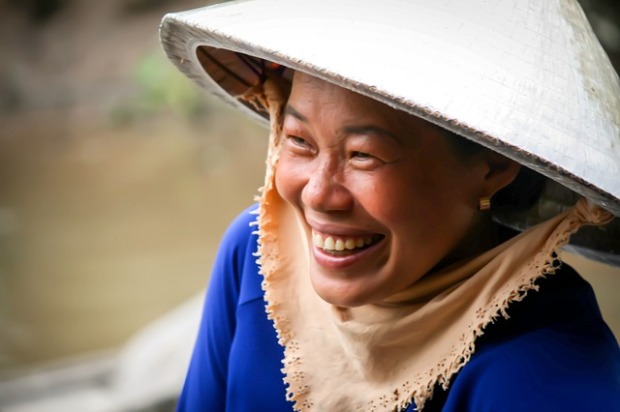

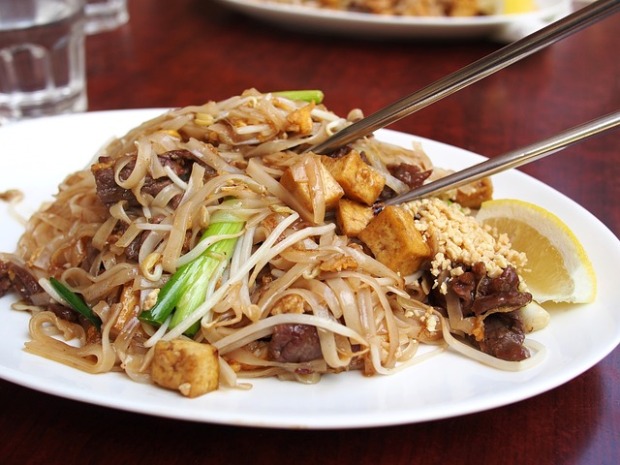
 Holi is an ancient Hindu festival celebrated annually as the spring equinox approaches. Holi “marks the end of the winter gloom and rejoices in the bloom of the spring time.” The festival holds great spiritual, social and mythological significance. The day after the first full moon of March marks the start of Holi. On the eve of the festival, people light bonfires to celebrate the triumph of good over evil. Ash from the bonfire is considered sacred with many applying the ashes to their foreheads as further protection from evil. The day of Holi, stores and businesses shut down, and friends, neighbors and strangers come together in a collective euphoria. Indians old and young celebrate by throwing colored water and powder on each other.
Holi is an ancient Hindu festival celebrated annually as the spring equinox approaches. Holi “marks the end of the winter gloom and rejoices in the bloom of the spring time.” The festival holds great spiritual, social and mythological significance. The day after the first full moon of March marks the start of Holi. On the eve of the festival, people light bonfires to celebrate the triumph of good over evil. Ash from the bonfire is considered sacred with many applying the ashes to their foreheads as further protection from evil. The day of Holi, stores and businesses shut down, and friends, neighbors and strangers come together in a collective euphoria. Indians old and young celebrate by throwing colored water and powder on each other.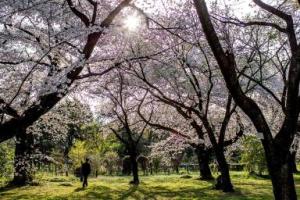 tradition, ancient more than a millennium, is still very much felt in Japan . The spectacle of sakura blooming occupies much of the spring and can be seen from the beginning of April until mid-May. To the Japanese, the cherry blossoms sudden arrival combined with their tremendous beauty and fleeting nature, symbolizes the transitional nature of life. Nowadays the Japanese celebrate cherry blossoms with picnics and parties under the plentiful trees (hanami). Gatherings are full of food, from Japanese junk food to barbeque to pickled cherry blossom leaves!
tradition, ancient more than a millennium, is still very much felt in Japan . The spectacle of sakura blooming occupies much of the spring and can be seen from the beginning of April until mid-May. To the Japanese, the cherry blossoms sudden arrival combined with their tremendous beauty and fleeting nature, symbolizes the transitional nature of life. Nowadays the Japanese celebrate cherry blossoms with picnics and parties under the plentiful trees (hanami). Gatherings are full of food, from Japanese junk food to barbeque to pickled cherry blossom leaves!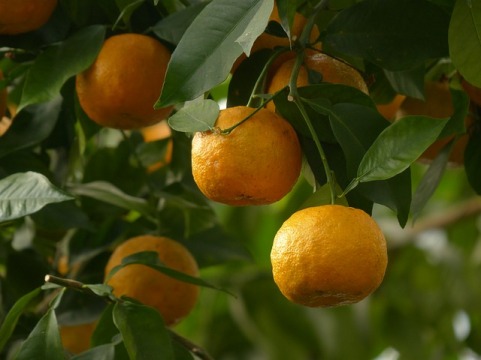
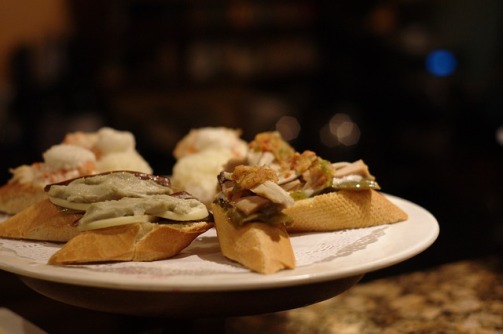
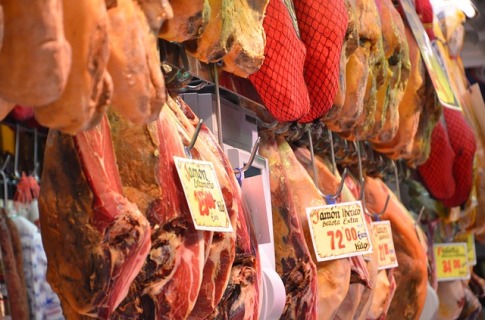
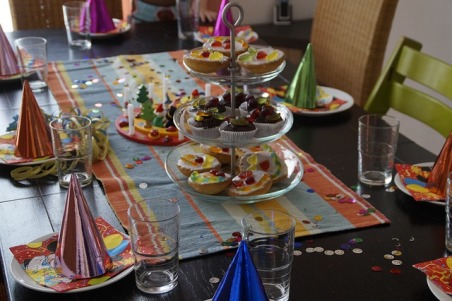 But in how many curious ways is Easter celebrated in the rest of Europe?
But in how many curious ways is Easter celebrated in the rest of Europe?